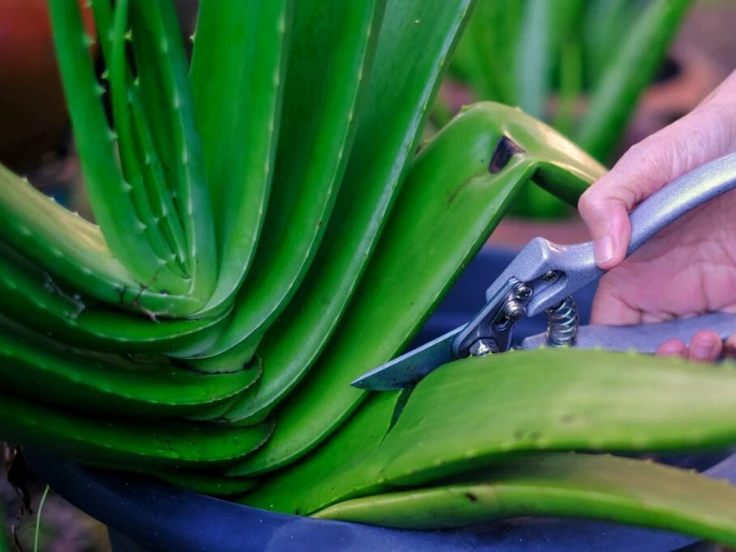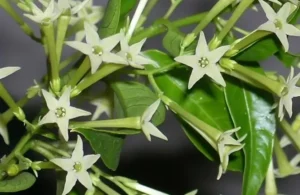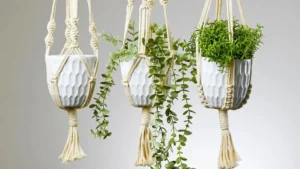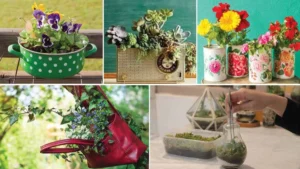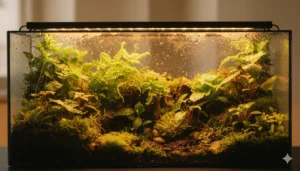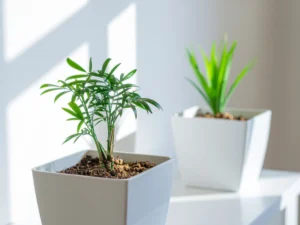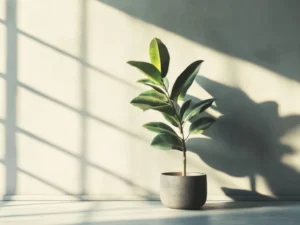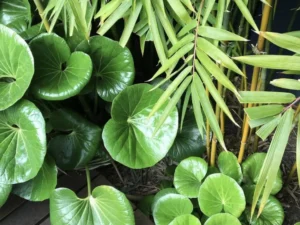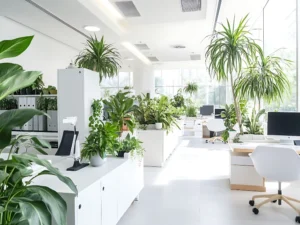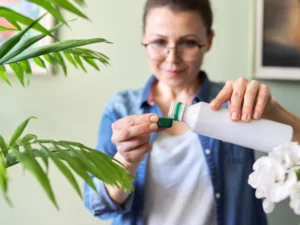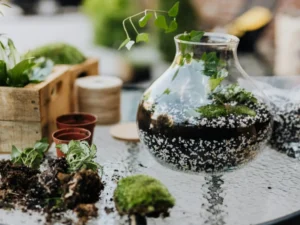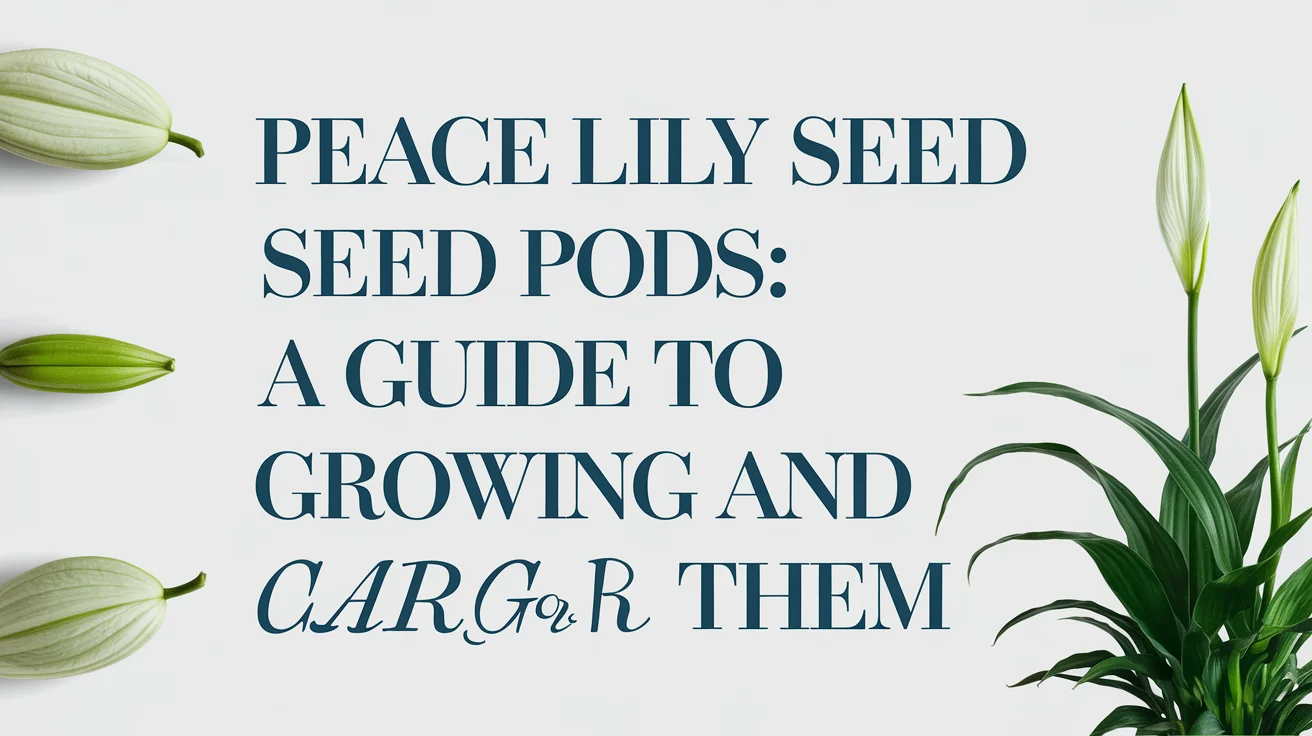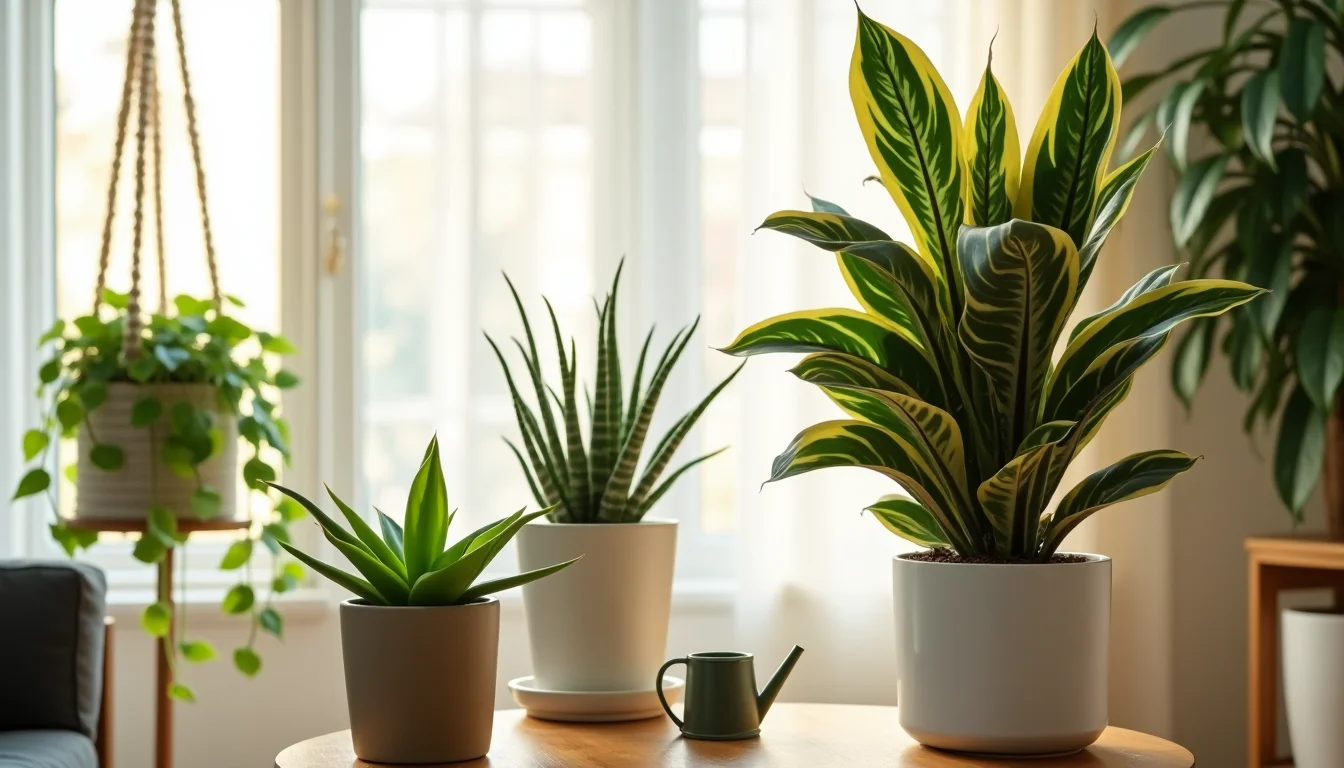Aloe vera is one of the most popular succulents worldwide, valued for its medicinal properties, air-purifying qualities, and attractive foliage. However, keeping an aloe vera plant healthy and thriving requires more than just watering and sunlight. Pruning aloe vera plant is an essential practice to maintain its vitality, enhance its growth, and ensure that it continues to produce high-quality gel.
In this complete guide, we will explore the importance of pruning, the best techniques, tools required, and aftercare tips. By following this guide, you can ensure your aloe vera remains healthy and visually appealing for years.
Why Pruning Aloe Vera Plant is Important
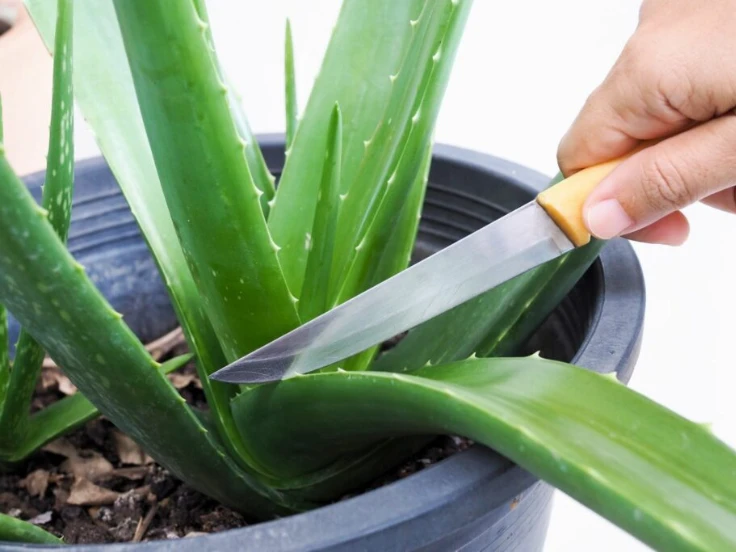
Pruning aloe vera is more than a cosmetic task; it is a crucial step in plant care.
Firstly, removing dead, yellowing, or damaged leaves helps prevent the spread of pests and fungal infections. This is especially important in humid environments where fungal issues can arise quickly. Secondly, pruning redirects nutrients and energy toward healthy leaves and new pups (baby plants), encouraging strong growth.
Additionally, pruning promotes thicker, greener leaves and improves the overall structure of the plant. A well-pruned aloe vera also produces more potent gel, which is ideal for skincare, hair care, and minor medicinal uses. Furthermore, regular pruning prevents overcrowding, ensuring each leaf receives adequate sunlight and airflow.
When to Prune Aloe Vera Plant
Timing plays a significant role in successful pruning.
-
Seasonal Pruning: The best time to prune aloe vera is during spring and early summer, when the plant is actively growing.
-
Signs You Need to Prune: Look for yellowing leaves, drooping stems, dried tips, or crowded pups around the base.
-
Avoid Winter Pruning: During colder months, aloe vera enters a dormant phase, and heavy pruning can stress the plant and slow growth.
By pruning at the right time, you allow your aloe vera to recover quickly and grow healthier.
Tools Needed for Pruning Aloe Vera
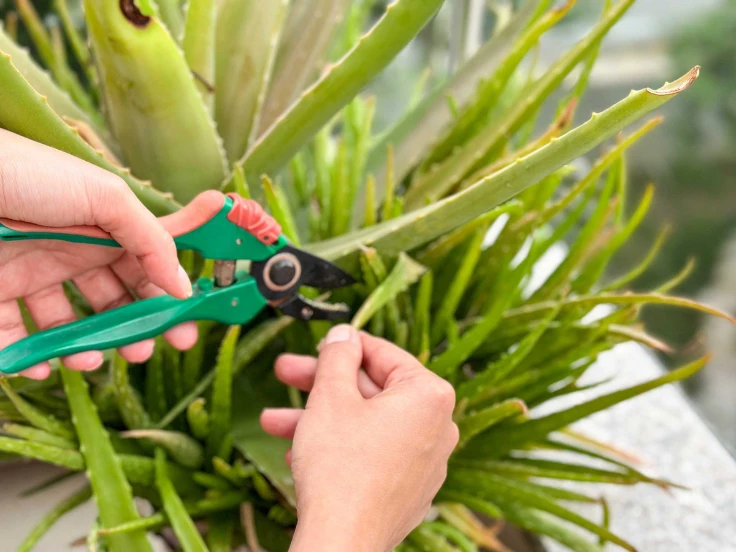
Using the correct tools ensures a clean cut and reduces the risk of infection.
-
Sharp Pruning Shears or Scissors: For precise, clean cuts.
-
Gloves: To protect hands from aloe gel and sharp leaf edges.
-
Disinfectant (Rubbing Alcohol): To sterilize tools before and after use.
-
Container: To collect pruned leaves for disposal or use.
In addition, disinfecting tools is essential to prevent bacteria or fungi from transferring to the plant during pruning.
Step-by-Step Guide to Pruning Aloe Vera Plant
Pruning aloe vera is straightforward if done methodically.
Step 1: Inspect the Plant
Carefully examine your plant for old, yellow, or damaged leaves. Identify the ones that need removal first.
Step 2: Start with Outer Leaves
Prune the oldest outer leaves first. This ensures that younger, inner leaves remain undisturbed and continue to grow.
Step 3: Make Clean Cuts
Use sterilized shears to make smooth cuts at the base, near the soil line. Avoid tearing the leaves, as jagged cuts can introduce infection.
Step 4: Remove Pups if Necessary
If small baby plants (pups) are crowding the pot, gently separate them and replant in a separate container. This prevents competition for nutrients.
Step 5: Dispose or Reuse Pruned Leaves
You can use pruned leaves for aloe gel extraction or compost them if they are damaged. For example, aloe gel can be used for skincare, hair treatment, or minor burns.
Benefits of Pruning Aloe Vera Plant
Pruning aloe vera offers multiple benefits:
-
Encourages healthy, vibrant leaf growth
-
Prevents fungal infections and pest infestations
-
Improves plant appearance and structure
-
Boosts gel production for medicinal and cosmetic use
-
Promotes development of new pups for propagation
Furthermore, pruning allows nutrients to be distributed more effectively throughout the plant, ensuring each leaf thrives.
Common Mistakes to Avoid While Pruning
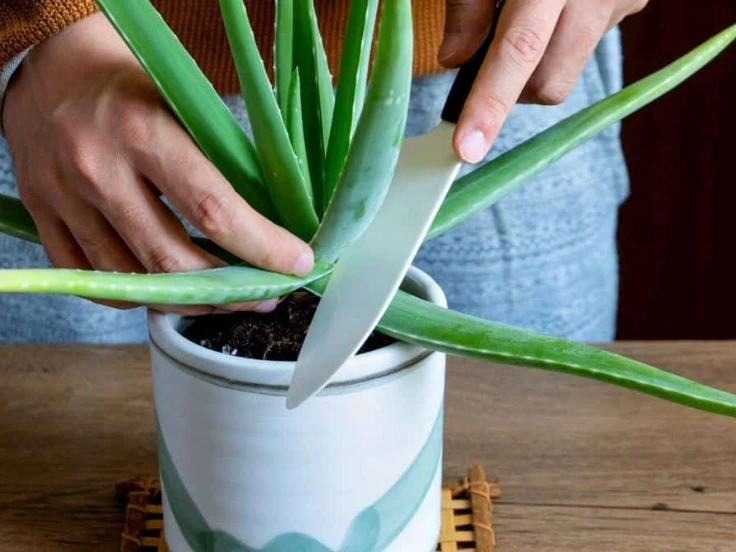
While pruning is beneficial, several mistakes can harm your aloe vera:
-
Over-pruning: Removing too many leaves at once can weaken the plant.
-
Pruning in winter: The plant is dormant and may not recover quickly.
-
Using dirty tools: Can introduce diseases.
-
Cutting inner leaves: These are new growth and should be left intact.
-
Ignoring aftercare: Watering immediately after pruning or exposing the plant to extreme sunlight can stress it.
Avoiding these errors ensures your aloe vera stays strong and healthy.
Aftercare Tips for Aloe Vera After Pruning
After pruning, proper care is essential:
-
Place the plant in bright, indirect sunlight.
-
Avoid watering for 1–2 days to let cuts heal.
-
Use well-draining soil to prevent root rot.
-
Apply a light succulent fertilizer during the growing season.
-
Monitor the plant for signs of stress or disease.
In addition, keeping the plant clean and free from dust helps it photosynthesize effectively and promotes faster recovery.
How Often Should You Prune Aloe Vera Plant?
Pruning frequency depends on the plant’s size and condition:
-
Small Plants: Once or twice a year.
-
Large Plants: Three to four times yearly.
-
Overcrowded Pots: Whenever pups or old leaves overcrowd the base.
Regular observation will help you decide when pruning is necessary, ensuring optimal growth without causing stress to the plant.
External Resource
For more detailed guidance on aloe vera care and transplanting, visit How to Transplant Aloe Vera Plants. This resource provides excellent tips to complement your pruning routine.
FAQs
Q1: Can I use pruned aloe vera leaves for skincare?
Yes, freshly pruned leaves are excellent for skincare, hair treatments, and minor burns.
Q2: Is pruning harmful to aloe vera?
Not at all. When done correctly, pruning benefits the plant by promoting healthier growth.
Q3: Should I prune flowers from aloe vera?
Yes, once flowers dry out, prune them to redirect energy to leaves and pups.
Q4: Can aloe vera grow back after pruning?
Yes, new leaves will grow from the center of the rosette, while pups develop around the base.
Q5: How do I know if I over-pruned my aloe vera?
If the plant looks weak, slow in growth, or has very few leaves left, you may have over-pruned.
Conclusion
Pruning aloe vera plant is essential for health and beauty. Removing dead leaves prevents disease and promotes nutrient flow. Consistent pruning encourages greener leaves and better gel production. Learn more about aloe vera care at The Spruce and its benefits at Healthline.
Therefore, with the right timing, tools, and aftercare, pruning becomes a simple yet powerful routine. For example, separating pups during pruning prevents overcrowding and supports vigorous growth. Consequently, your aloe vera remains strong, attractive, and highly productive. In addition, regular pruning reduces pest problems and improves overall plant structure.
Meanwhile, the plant continues to produce high-quality gel for your skincare and health needs. Thus, proper pruning ensures a long-lasting, thriving aloe vera. However, it’s important to know that not all aloe vera varieties are safe, as some can be poisonous learn how to identify these species here. Finally, when you see yellow or drooping leaves, remember that a little pruning can make a big difference in your plant’s vitality.

